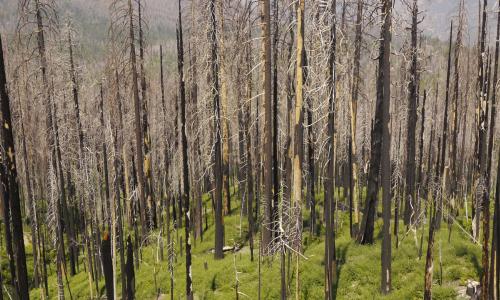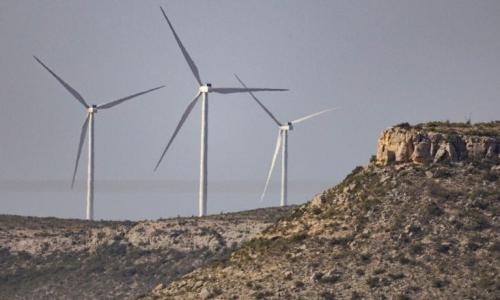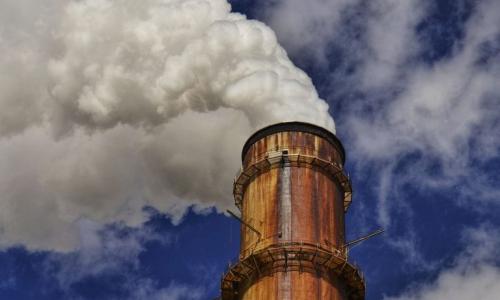The Future of Energy and the Environment
Dec 2, 2021
In this episode of the UCI Podcast, Professor Ann Marie Carlton discusses why it’s difficult to ensure science informs policy.
Nov 29, 2021
Two UCI grad students are researching the impact of the recent OC oil spill on some of the tiniest of marine organisms: phytoplankton.
Nov 24, 2021
Xin’s work seeks to solve a problem plaguing electric vehicles: their lithium-ion batteries can ignite.
Nov 18, 2021
UCI study links rising temperatures to higher blaze risk.
Nov 17, 2021
Rising summer temperatures could lead to an exponential increase in the number of wildfires and acres burned in the Sierra Nevada in California, researchers have found.
Nov 12, 2021
Pahl, a Ph.D. student in the Department of Earth System Science, followed the stars to get to UCI.
Nov 10, 2021
Critics of renewable energy have often said that they wouldn’t be able to replace fossil fuels such as coal and natural gas.
Nov 5, 2021
Garcia, a fifth-year Physics & Astronomy graduate student, is working on clean energy research at the DIII-D nuclear fusion experiment in San Diego.
Nov 5, 2021
UCI-led team analyzes options for filling the gaps in generation.
Nov 1, 2021
Physical Sciences SciComm Fellow Bryant Pahl interviews new UCI climate scientist Jane Baldwin.
Oct 27, 2021
Chinese emissions rose substantially while those in Europe and the U.S. remained lower.
Oct 21, 2021
The research will help scientists understand ozone pollution in the New York Metropolitan Area.











